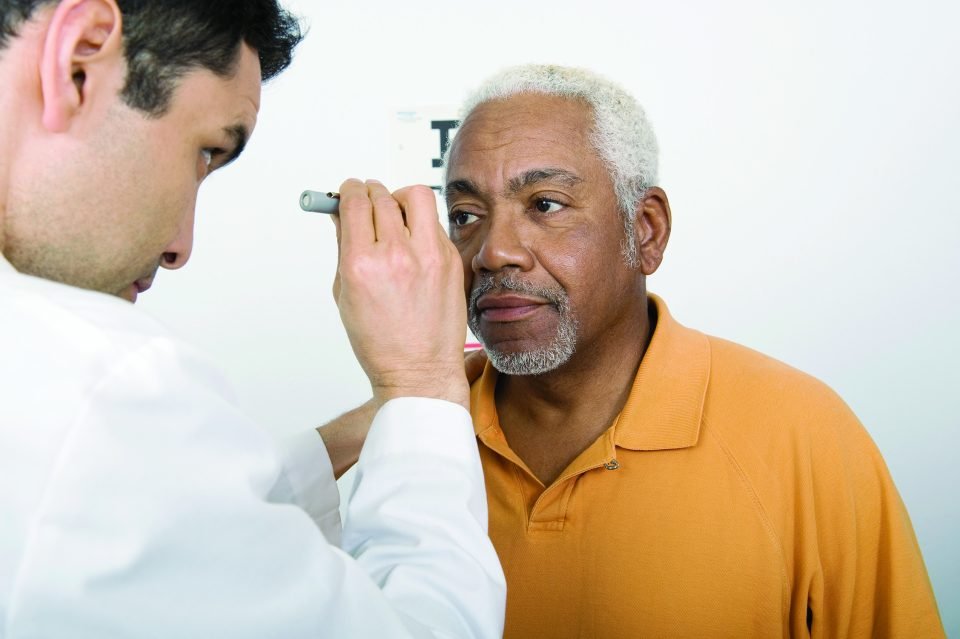
By zp7op | Contributor
Over 4.2 million individuals in the U.S. are affected by glaucoma, a major contributor to vision impairment in the country. While glaucoma has no definitive cure, detecting the condition early and receiving treatment can halt its progression.
“Glaucoma ranks as a primary factor for vision impairment and blindness in the United States, yet it is estimated that half of those with glaucoma are unaware of their condition,” stated Michael F. Chiang, M.D. “This disease does not present early symptoms, and the sole method to determine if you have it is by undergoing a comprehensive dilated eye examination. There is no cure for glaucoma, but initiating treatment at the earliest opportunity can help avert vision loss.”
Routine eye assessments serve as one of the strongest defenses since indicators may not surface until the disease has significantly advanced. Increasing your understanding of how to identify glaucoma and the available actions may safeguard your vision over time.
Glaucoma represents a collection of ocular diseases that inflict damage to the optic nerve located at the rear of the eye, resulting in vision loss and potential blindness. The most prevalent type in the U.S. is open-angle glaucoma, while other less frequent types include angle-closure glaucoma and congenital glaucoma.
Discover more about glaucoma from specialists at the National Eye Institute.
Causes
In some cases, glaucoma stems from other underlying health issues, though this is not universally true. While the precise origins of open-angle glaucoma remain uncertain, it is thought to be linked to increased pressure in the eye due to insufficient fluid drainage. Over time, this pressure inflicts damage on the nerves, leading to vision impairment.
Risk Factors
Glaucoma cannot be prevented and may affect anyone. Nonetheless, certain demographics carry a higher risk, particularly individuals over the age of 60, especially those who are Hispanic or Latino. Additionally, African American individuals over 40 are at an elevated risk, as well as those with a family history of glaucoma.
Symptoms
Initially, most individuals experience no discernible symptoms of glaucoma. As the condition progresses, you may begin to notice disturbances in your sight, such as blind spots or diminished peripheral vision (the sight from the sides of your eyes) in one or both eyes, particularly close to your nose. This gradual loss often goes unnoticed because it develops slowly, which accounts for the fact that many individuals with glaucoma are unaware of their condition.
Sharp eye pain, nausea, reddened eyes, and blurred vision can be indicative of angle-closure glaucoma, necessitating immediate emergency care.
Diagnosis
The only reliable method to diagnose glaucoma is through a dilated eye examination, which includes visual field testing to assess your peripheral vision. This standard, painless test involves focusing straight ahead while your doctor evaluates how well you can perceive objects located to the side or above and below in your visual field.
Treatment
Without appropriate treatment, glaucoma may ultimately lead to blindness. While treatment cannot reverse existing vision damage, it can prevent further deterioration. Typical treatment methods involve prescription eye drops aimed at lowering eye pressure. Alternative options may include laser procedures or surgery to facilitate fluid drainage. If vision loss impacts daily activities, vision rehabilitation services and devices can be helpful.
For additional information about glaucoma and eye health, visit nei.nih.gov/glaucoma.
Photo courtesy of Shutterstock






